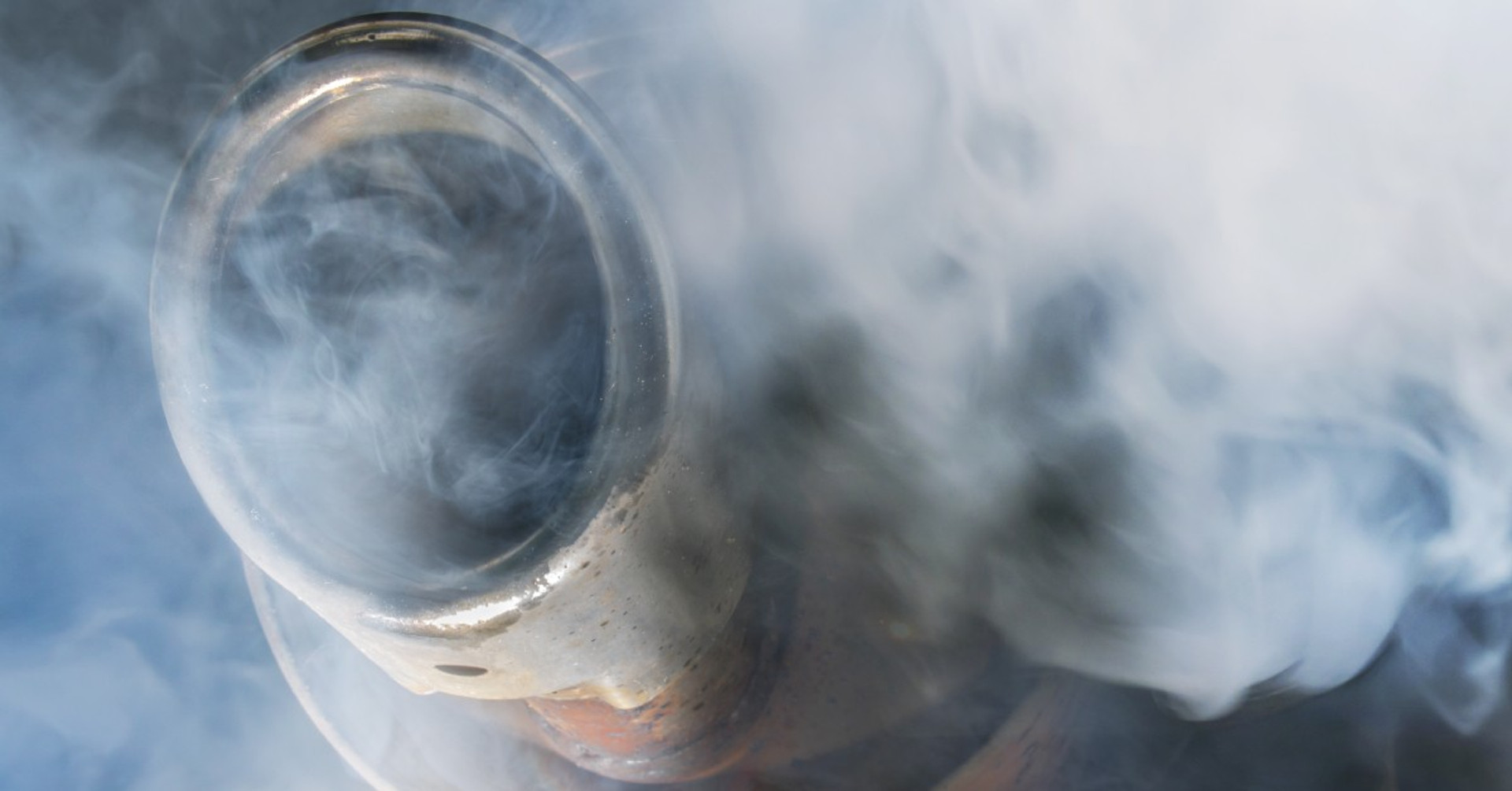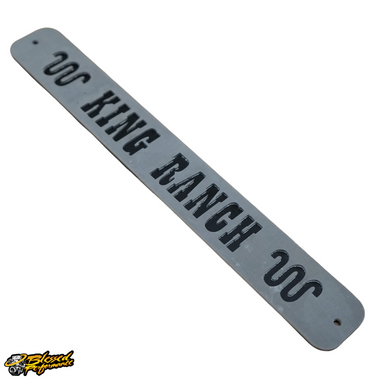The 6 Components of a Diesel Exhaust System
Estimated 0 min read
Do you own a diesel-powered vehicle? Are you aware of its different parts and what each one does? You should familiarize yourself with the exhaust system because it’s more than a series of pipes and filters. Every part plays a role in supporting the engine’s efficiency. This includes keeping the air that the engine “breathes” clean and free of debris, piping the exhaust out of the vehicle, and keeping noxious emissions to a minimum. How do these parts work together, and what do they do? Here are six components of a diesel exhaust system.
Exhaust Manifold
The first stop for exhaust gases after leaving the engine’s combustion chamber is the exhaust manifold. This component is usually cast iron or stainless steel to handle the high heat and power that the engine generates. The manifold collects gases and directs them into the exhaust pipe, reducing back pressure and improving engine performance.
Turbocharger
Many vehicles these days have stock turbochargers. The turbocharger compresses exhaust gases and uses them to spin a turbine. This compresses and forces more air into the engine’s cylinders, boosting the engine’s power output without significantly increasing fuel consumption. Turbochargers also reduce emissions by supporting a more complete combustion process.
Catalytic Converter
Catalytic converters are those parts people have heard of but don’t know exactly what they do. They are integral to reducing engine emissions. As the name suggests, it uses a catalyst to convert carbon monoxide, hydrocarbons, and nitrogen oxide into somewhat less harmful substances such as carbon dioxide and water vapor. This eco-friendly part in a diesel engine works tirelessly to make the vehicle a bit greener.
Diesel Particulate Filter (DPF)
As you can imagine, the DPF screens out impurities from the air within the engine. Namely, it traps soot and particulate matter in exhaust gases. Eventually, these particulates build up and clog the filter. At this point, the DPF undergoes a regeneration process, burning off accumulated soot and turning the exhaust into less harmful gases.
Selective Catalytic Reduction System
Another advanced technology employed to reduce noxious gases—in this case, nitrogen oxide (NOx) emissions—is the selective catalytic reduction system. It injects diesel exhaust fluid (DEF) into the exhaust stream. Then, the DEF reacts with the NOx gases to form harmless nitrogen and water vapor.
Exhaust Pipe and Muffler
Everyone is probably familiar with these parts. The exhaust pipe is the pathway through which exhaust gases exit the engine. The muffler’s main function is to quiet the sounds of the gases as they escape. Several chambers and perforated tubes exist inside the muffler to soften and dissipate all that noise.
Now you know the six components of a diesel exhaust system! Performing periodic maintenance and inspections on these systems (as well as the rest of the vehicle) can support greater engine efficiency, longer mileage, and a smoother ride. Any questions? Contact us for more information! Whether you have a 6.0 Powerstroke exhaust or another system, we have the parts and knowledge to help your vehicle run better.









